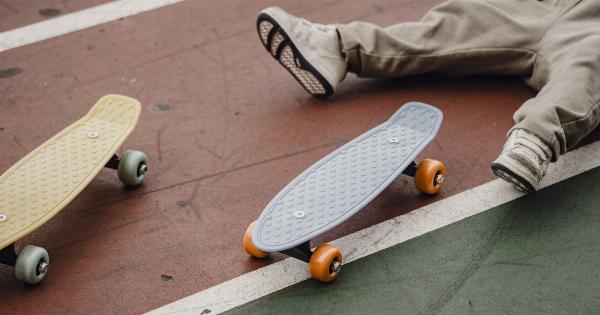Cross-legged sitting position is quite popular, but did you know that it might be causing problems to your veins? When you sit in the cross-legged position, your legs often press against each other, leading to limited blood flow, especially in the lower extremities. Over time, this can result in varicose veins, which can cause pain, swelling, and even skin discoloration.
What are Varicose Veins?
Varicose veins often appear as enlarged, twisted veins that are typically blue or purple in color. These veins are usually found on the legs or feet and are caused by blood that pools in the veins due to weak or damaged valves.
This weakened Valve allows the blood to flow in the wrong direction. Over time the veins become enlarged and permanently dilated.
Varicose veins can develop in anyone, but there are some factors that increase the risk, including:.
- Age
- Family history
- Genetics
- Pregnancy
- Being overweight or obese
- Lack of exercise
- Sedentary lifestyle
How does Sitting in a Cross-legged Position Affect Veins?
Sitting with your legs crossed can lead to limited blood flow, especially in the legs, ankles, and feet. This can cause the blood to pool in your legs, which can put pressure on your veins and weaken or damage the valves that help regulate blood flow.
Over time, this can cause varicose veins to develop, which can cause pain, swelling, and even skin discoloration.
In some cases, sitting in a cross-legged position can also lead to deep vein thrombosis (DVT), which is a blood clot that forms in a deep vein, typically in your leg.
This can be a serious health issue that can cause pain, swelling, redness, and even difficulty walking or standing. In severe cases, it can even lead to a pulmonary embolism, which is a blood clot that travels to the lungs and can be fatal.
How to avoid Varicose Veins?
Here are some tips to avoid varicose veins:.
- Avoid sitting in a cross-legged position for extended periods.
- Exercise regularly to improve blood circulation.
- Keep a healthy weight to avoid extra pressure on lower extremities.
- Avoid standing or sitting for long periods.
- Elevate your legs whenever possible to promote blood flow
- Wear compression stockings to apply external pressure that boosts circulation, especially on long trips or when standing for extended periods.
When to See a Doctor
If you notice any of the following symptoms, you should seek medical attention immediately:.
- Veins that are blue or purple in color.
- Your legs feel heavy or painful.
- You experience itching and dryness around the veins.
- You experience swelling of legs, ankles, or feet.
- Sores or skin ulcers on your legs or feet
- You experience difficulty standing or walking.
Conclusion
Sitting in a cross-legged position seem harmless, but it’s actually not a good practice for your veins’ health. Varicose veins can cause various symptoms that are uncomfortable to deal with, but they are not always easily avoidable.
By being proactive and keeping track of health, it may be possible to prevent the condition from developing further. These interventions are also useful in improving overall venous circulation.




























